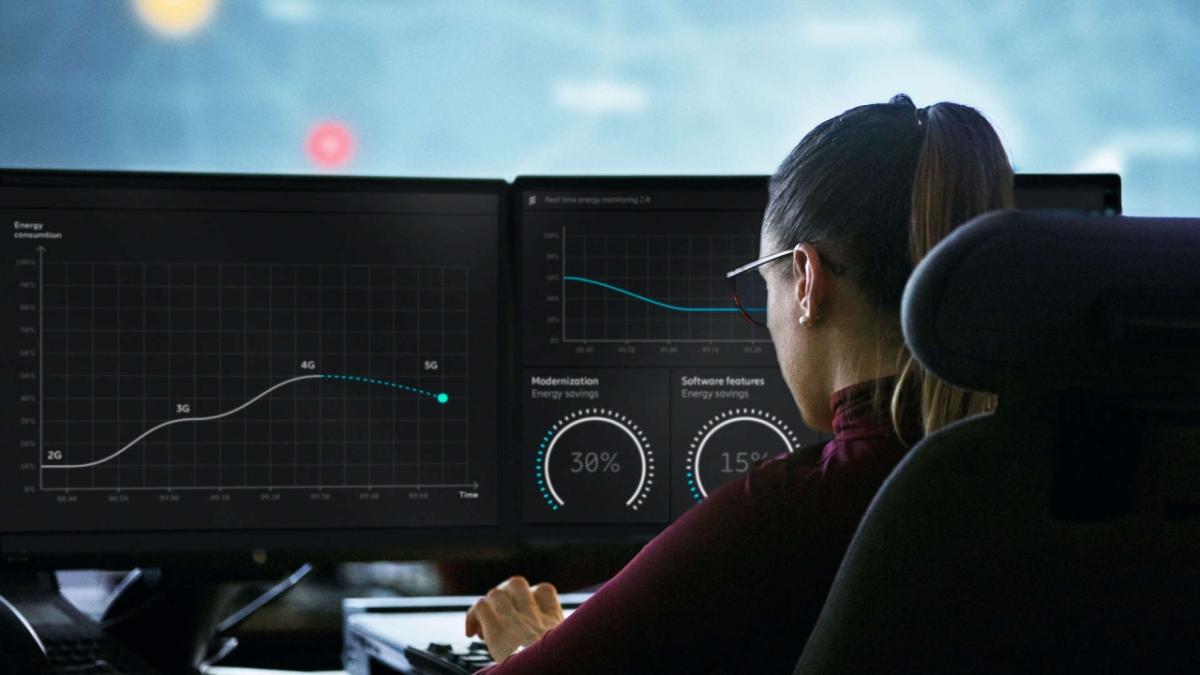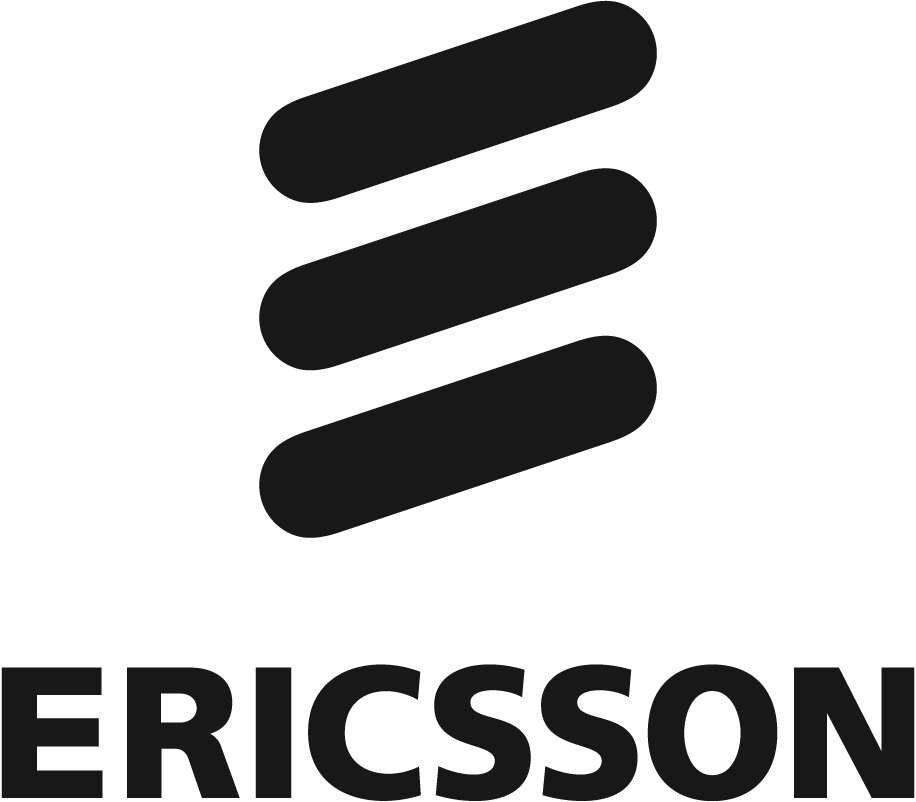How to Build Sustainable Networks and Enable Climate Action?

Yossi Cohen, COO & Executive Vice President of Ericsson North America, breaks down the Information and Communications Technology (ICT) sector’s role in enabling climate action and the impact 5G will have in breaking the energy curve in mobile networks.
- First things first: Is it possible to roll out 5G without drastically increasing energy consumption?
Cohen: The short answer is yes, 5G is the most energy-aware standard with network energy performance fully integrated into the design of this next generation mobile technology.
The 5G standard includes two key technical enablers for better energy performance:
- Ultra-lean design leverages smart-sleep mode technology to ensure that radio frequency signals are transmitted by the radio hardware only when necessary.
- Massive MIMO increases network coverage and provides higher capacity requiring fewer sites to be installed. Helping reduce total energy consumption.
These enhancements provide extended network coverage in a sustainable and resource-efficient way, reducing the total cost of ownership for service providers.
Okay, but: to break the energy curve Mobile Network Operators will need to adopt a holistic approach that addresses all parts of the mobile network.
- Ericsson believes it’s our responsibility as a leading information communication technology solutions company to provide innovative solutions to make this a reality.
2. The background: What is the ICT sector’s historical performance with network energy consumption?
Cohen: Data traffic has grown exponentially, with a 300 times increase over the last 10 years but service providers’ global network energy consumption has risen by just 64%.
- That tells us the energy usage growth isn’t directly linked to traffic, but rather the rollout of new radio equipment and additional spectrum bands.
Going forward, providers have an opportunity to reduce energy consumption with 5G deployments, but only if they take a holistic approach to network deployment that prioritizes energy efficiency at every level.
3. Looking ahead: Is 5G an energy-efficient standard? Compared to previous generations, what opportunities does 5G provide to decrease network energy consumption?
Cohen: Technological innovations have enabled mobile networks to support significantly more traffic while consuming only marginally more energy.
In 5G, spectrum efficiency (i.e. the information rate per cell over a given bandwidth) has improved by an astounding 200% compared to 4G.
- This is key to preventing power consumption growing at the same rate as traffic.
Additionally, the 5G standard provides key benefits that previous generations didn’t have:
The ultra-lean design allows 5G networks to be available when needed instead of being available all the time, and the time between mandatory transmissions can be 100 to 800 times longer than 4G.
- This provides much better support for implementing energy-saving features.
Massive MIMO lowers energy consumption to provide the same network capacity even though it requires fewer sites.
4. The strategy: How can network energy performance be improved while maintaining user experience?
Cohen: Network energy performance can be improved by addressing all parts of the network holistically.
Mobile network operators can start their energy savings by taking the first step that not only allows more savings, but also provides insights that can be applied later.
5. The deets: Can you talk about Ericsson’s innovative approach to reducing network energy use?
Cohen: There are four key elements of this approach, which can be deployed in any order to secure network energy performance.
- Prepare the network: Modernizing the network with the latest energy efficient technology.
- Activate energy-saving software: Sleep mode functionality can reduce radio equipment energy consumption without compromising user experience.
- Build 5G with precision: It’s important to have the right equipment in the right place.
- Operate site infrastructure intelligently: By making use of artificial intelligence (AI), service providers can operate site infrastructure more proactively.
6. The takeaway: What benefits will 5G and connectivity bring to the planet and society?
Cohen: The ICT sector accounts for 1.4% of the global carbon footprint and consumes about 3.6% of global electricity consumption.
- This makes ICT a unique sector, in that it has a relatively limited footprint and provides benefits to many, with 70% of people globally using its services and solutions.
According to Ericsson research, ICT solutions can enable a reduction of global carbon emissions by up to 15% by 2030.
- But to realize the full potential of the ICT sector, we need to accelerate the deployment of 5G networks and use technologies like AL/ML to take climate action.
The impact: In a recently released paper, CTIA has reported that 5G enabled use-cases are projected to contribute 20% to the U.S. emission reduction goals.
The use of 5G and cellular tech can enable decarbonization of key sectors such as:
- Electricity and energy supply: 5G enabled networks can enable the transition towards smart grids that are digitized, decentralized and decarbonized.
- Manufacturing: Ericsson 5G Smart Factory has been able to increase productivity per employee by 2.2X and reduce manual material handling by 65% using industrial IoT platforms.
- Transportation: A robust 5G innovation platform is required to further develop electric vehicles powered by renewable electricity — which are critical for decarbonization.
Read more here.

